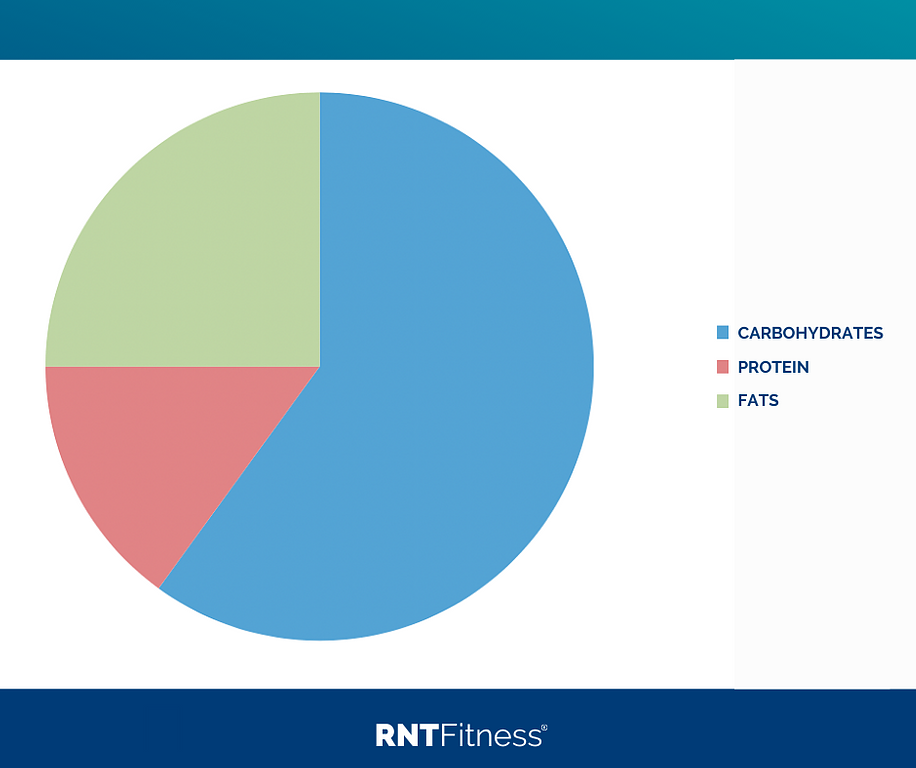- Why we need protein
- How much protein we need
- The best sources of protein
Why Do We Need Protein?
If we were to break down the macronutrient ratios of the above example, it’d likely show something like this:

1. Muscle Growth / Retention
2. Satiation
3. Thermic Effect of Food (TEF)
Carbohydrate = 5-6%
Fat = 2-3%
Bonus Benefits…
- Energy – if carbohydrate / fat isn’t sufficient (gluconeogenesis)
- Hormones – proteins helps synthesise certain hormones such as insulin, secretin, growth hormone
- Enzymes – made from proteins
- Transportation and storage – the transportation of oxygen relies on the protein molecule haemoglobin
- Growth and repair – hair, nails, organs… not just muscle!
How Much Protein Do We Need?
1) Chronological Age
As we get older, our requirements for protein actually increase as we are not as "sensitive" to it's muscle building effects.
If you are in your late 40's, 50's and beyond opting for the higher end (1.2g/lb) may be beneficial.
Even still, as the more experienced individual enters their later years they will start moving towards the higher end too.

What Are The Best Sources Of Protein?
- Whey Protein
- Chicken
- Turkey
- Beef
- Fish
- Eggs
- Greek Yoghurt
- Haloumi Cheese
- Quark
- Protein Bars (not ideal, but can useful for convenience at times)

What About Meal Frequency?
Key Points to Consider for Protein
- Focus on a minimum protein target, and maximum calorie target for fat loss.
- Set the minimum protein in the 0.8-1.2g/lb region (up to 1.5g/lb in rare, extreme diet circumstances)
- Split it up into 3 to 5 meals, depending on your schedule and lifestyle.

.png)
.png)
.png)